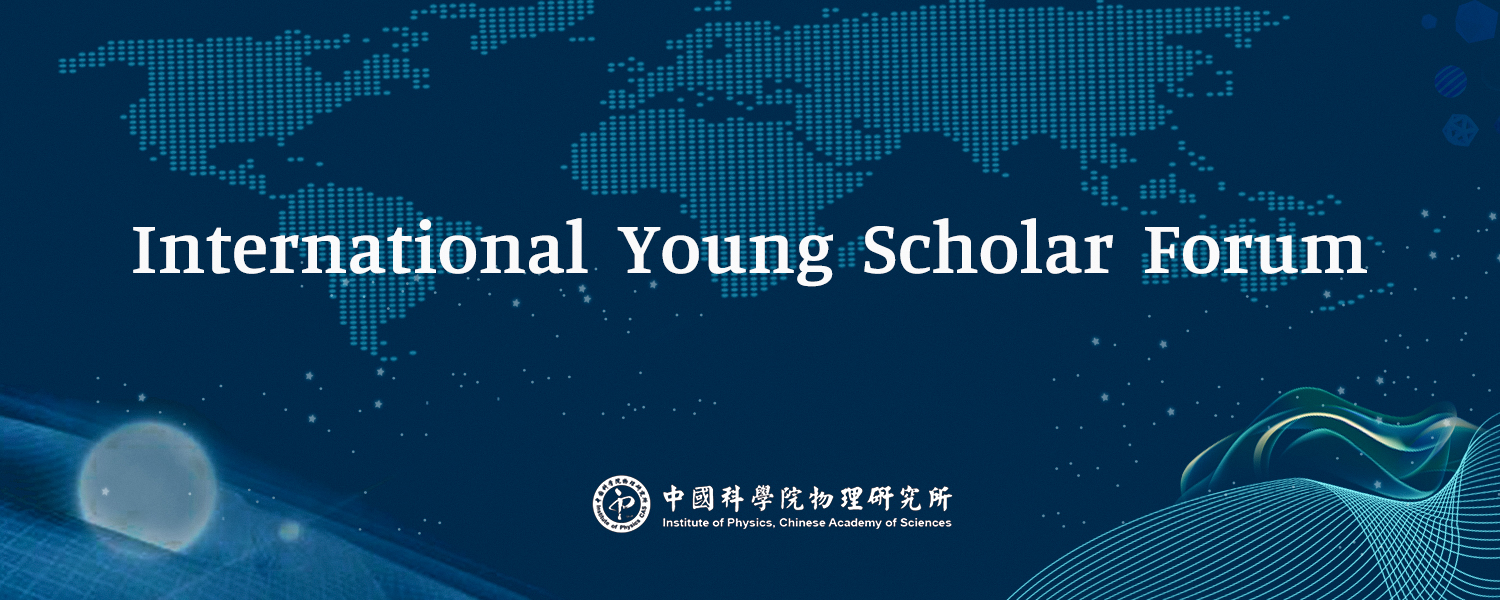Time: 10:00 am, March 31st, 2021

Speaker: Dr. Wei Jiang, University of Minnesota
Abstract:
Weyl semimetal systems are promising candidate to achieve large AHE due to the Berry curvature hotspots near the Weyl nodes. However, the discovery of applicable materials that can harvest these Berry curvature for maximum AHE remains a long-standing goal in this field. We propose a novel approach to achieve giant AHE in materials with flat bands (FBs). FBs are accompanied by small electronic bandwidths, which consequently increases the momentum separation (K) within pair of Weyl points and thus the integrated Berry curvature. Starting from a simple model with a single pair of Weyl nodes, we demonstrated the increase of K and AHE by decreasing bandwidth. It is further expanded to a realistic pyrochlore lattice model with characteristic double degenerated FBs, where we discovered a giant AHE while maximizing the K with nearly vanishing band dispersion of FBs. We identify that such model system can be realized in both pyrochlore and spinel compounds based on first-principles calculations, validating our theoretical model and providing a feasible platform for experimental exploration.
Reference:
[1] W. Jiang, D. J. P. De Sousa, J. P. Wang, and T. Low*, Giant Anomalous Hall Effect Due to Double-Degenerate Quasi Flat Bands, arXiv:2009.12890, Phys. Rev. Lett. (Accepted, in production).
[2] J. Azadani, W. Jiang*, J. P Wang, and T. Low*, Ferromagnetic phase of the spinel compounds MgV2O4 and its spintronics properties, Phys. Rev. B 102, 155144(2020).
[3] W. Jiang, H. Huang, F. Liu, J. P. Wang, and T. Low*, Magnetic weyl semimetals with diamond structure realized in spinel compounds, Phys. Rev. B 101, 121113(R) (2020).
Brief CV of Dr. Wei Jiang:
Wei Jiang is a material physics scientist, with interests on new materials, novel condensed matter physics, and their potential applications in electronic and spintronic devices based on theoretical modeling. Jiang is currently a Post-doc at the department of Electrical & Computer engineering at the University of Minnesota. Jiang obtained his doctoral degree from the University of Utah in fall 2018 and his bachelor degree from Tongji University in 2013. Jiang has published over 30 peer-reviewed papers in Nat. Commun., PRL, Nano Lett. et al., including an invited book chapter and an invited review in Acc. Chem. Res. about exotic topological states in organic framework material systems.
Click to view the recorded report video►http://as.iphy.ac.cn/video_detail.php?id=28594
